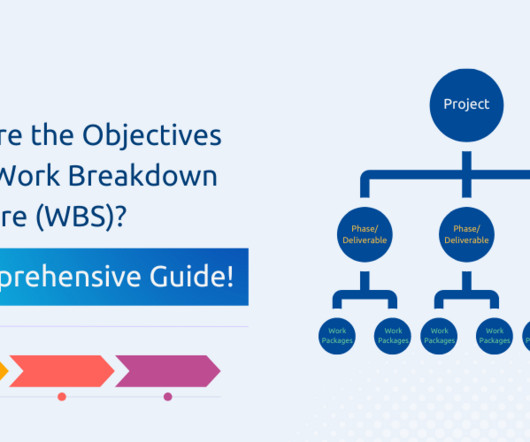How to Manage Project Scope Without Scope Creep (with examples)
Rebel’s Guide to PM
SEPTEMBER 14, 2020
Scope creep is the more common term but you might hear both, especially if you are working in software development. Change control or change management is the process of managing unplanned but desired influences on the project. Example of scope creep in software development. Example of scope creep in construction.




























Let's personalize your content